From conking out to being touched by God – McLaren’s rich Monaco history
Oscar Piastri’s team has a legendary history in Monaco. It’s where Ayrton Senna produced the greatest of all laps in which he claimed he could see God.
Bruce McLaren built his own car for his team’s Formula One debut at the 1966 Monaco Grand Prix. The engine weighed a tonne. The chassis was aluminium. Radio was probably on the blink. It was a clunky old thing he feared might not make it up the hill from Sainte-Dévote to Casino Square and the splendour of Hotel de Paris.
“At least it ran,” said McLaren’s first engineer, Robin Hird. “And it made a lovely noise. But Bruce came in after a test run and said, ‘This thing’s got no power. It’s a joke.’ We considered pulling out of Monaco but in the end we thought, ‘Let’s go for it.’”
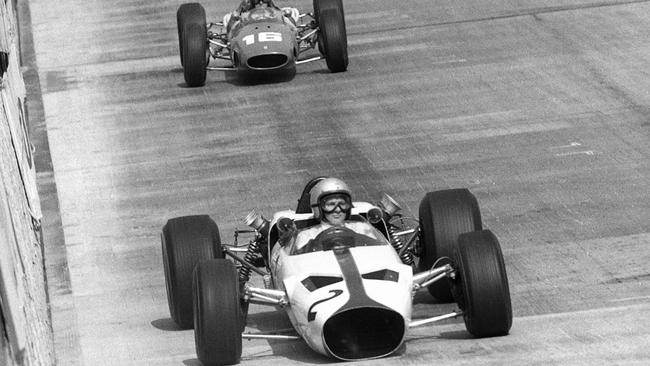
McLaren’s first attempt at driving/constructing was a shocker. His M2B conked out after 10 laps with an oil leak. He might have been tempted to kick its tyres and walk off in a huff. Fifty-nine years later, however, Oscar Piastri’s McLaren team is synonymous with the Monaco GP. Led by Ayrton Senna’s five-peat and Alain Prost’s four triumphs in the 1980s and 1990s, and despite being winless since Lewis Hamilton’s victory in 2008, McLarens have taken an unrivalled 15 chequered flags around this swirling, hilly, snaking, baffling, suffocating, impossibly picturesque layout.
It becomes more intriguing by the day. The circuit runs along the streets where Monegasques buy their cartons of milk in the morning. Where they grab a cuppa and the paper. Where they get their cold-and-flu tablets. The girl behind the counter at a chemist on Boulevard Albert 1st said she was working all weekend. “I’ll do my normal shifts,” she said. “With earphones on to block out the noise!”
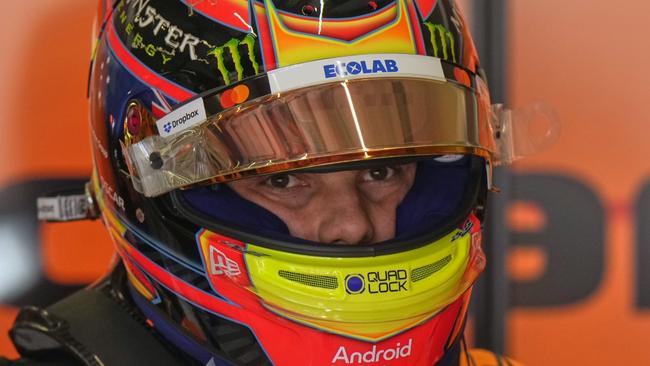
Piastri didn’t have to build his own car for Sunday’s GP. The engine doesn’t weigh a tonne. The chassis is carbon fibre. Radio works. The MCL39 is a lightweight young thing virtually guaranteed to make it up the hill to Casino Square on the most famous course in F1.
And yet it isn’t everyone’s favourite. The track might have been fit for purpose when Frenchman William Grover-Williams, a future WWII spy, won the inaugural edition in 1929 in a slow Bugatti Type 35. Now the problem is the almost absurd narrowness of the ancient track. Too often the peloton snakes along in single file in what Fernando Alonso has called, “The most boring race ever.”
Charles Leclerc’s win from pole position for Ferrari last year was boring as a bedpost for everyone other than Leclerc and Ferrari. And so two rules have been implemented in a bid to spice things up and manufacture compelling racing on Sunday: drivers must have two pit stops, which is unprecedented in F1; and they must use three sets of tyres.
“More constraints,” says McLaren principal Andrea Stella. “In itself, I think it’s interesting.
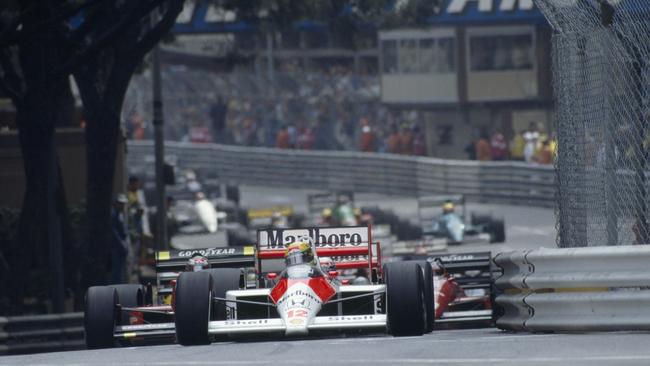
After the race we had last year … I welcome this kind of change. I am in favour of this.”
Piastri’s team has a rich Monaco history. Prost’s victory in 1988 was legendary, even if the real legendom belonged to his McLaren stablemate, Senna.
The Brazilian produced the greatest of all qualifying laps during one of his out-of-body racing experiences in which he claimed he could see God. He was a whopping 1.4sec ahead of Prost after the most blistering lap you’ll never see … because there’s no footage of it.
“I realised suddenly that I was over a level that was reasonably safe,” Senna recalled. “I realised at that moment – suddenly! – that I was no longer driving the car consciously. I was driving it by instinct … only I was in a different dimension. It was a mystical experience.
“Monaco is small and narrow and at that moment I had the feeling that I was in a tunnel. I was going, going, going, and I was way over the limit, but I was still able to find even more. It frightened me because I realised I was well beyond my conscious understanding.”
A lap from the gods? A lap with God? Oh, God. The Beach Boys were right. God only knows. “Then – suddenly! – I realised it was too much,” Senna said. “I slowed down and drove back slowly to the pits and said to myself that I shouldn’t go out anymore that day.
“Because for that moment I was vulnerable. I was extending my own limits and the car’s limits … limits that I never touched before.
“It was something that I was not – not that I wasn’t in control, but I was not aware, exactly, of what was going on. It was outside of my rational understanding. I was just going, going, going and it was an amazing experience.”
In the actual race, Senna led Prost by 49 seconds with 24 laps to go. He would storm home in all his magical, mystical glory. Gates were being shut because horses had bolted. Big-boned ladies were singing their hearts out. Then Senna lost concentration and clipped the barrier called Portier, crashing out of the race. His apartment was nearby. Instead of walking to the McLaren garage, he stormed home and locked himself inside for hours.
Later, he told his team he was the “biggest idiot in the world”.
One of his mechanics, Mark Hannawin, recalled: “We just didn’t know what had gone wrong. You wonder if something was loose or broken. You ask yourself, ‘Did I tighten this? Did I do that? Did something come loose?’
“We had absolutely no idea because there was no contact with Ayrton. We flew back to England that night, had the next day off and went into work on the Tuesday.
“That’s when we found out he’d just tapped the barrier. But it’s a long time to wait to discover you’d done nothing wrong.”
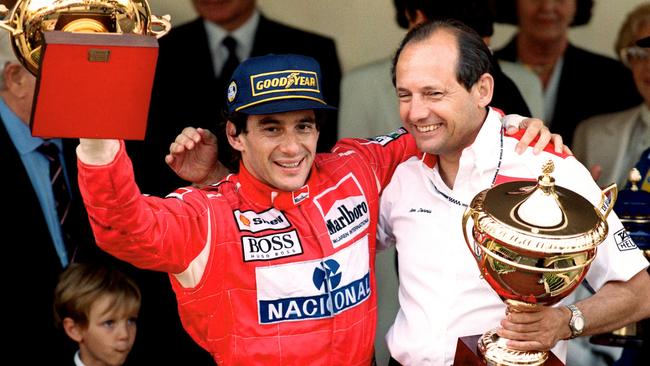
McLaren boss Ron Dennis said: “His post-accident emotion was pure anger with himself. I have never seen nor heard him more frustrated and angry.
“He knew that he had effectively lost concentration and made a fundamental error. He could not cope with it at all. When he finally composed himself, he was very negative about his performance and very apologetic to the team.
“Ayrton was completely dedicated, completely focused, derived tremendous satisfaction and uplifting emotional experiences out of racing and winning races. He was unique in the sense of how much of an adrenaline rush he used to get, not just from winning, but from fantastic qualifying laps and, of course, world championships. It was always an emotional rollercoaster for him.”
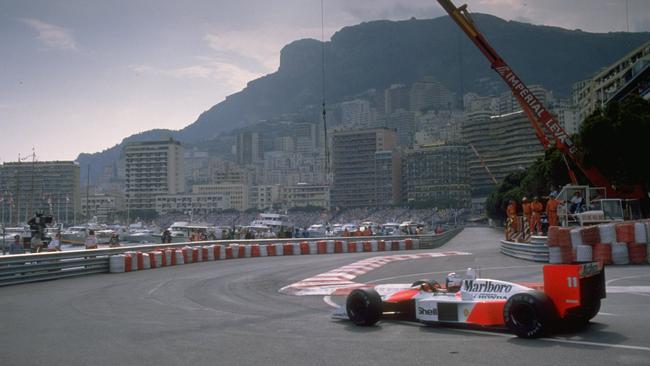
It takes all sorts in F1. There’s the super-humble drivers like Bruce McLaren. The super-emotional like Senna, so untouchable and vulnerable. The super-calm and super-composed like Prost and Piastri. Some mothers do have ’em.
“It was the biggest step in my life as a driver and as a person,” Senna said of his biggest crash until the one that took his life.
“I was going through a crisis at the time. Monaco was a low point, which made me aware of a lot of things. It’s hard to explain, it’s something very sensitive. It’s something unique in life, something that holds you, that supports you when you are most vulnerable.
“It made me a better person. It brought me closer to God.”


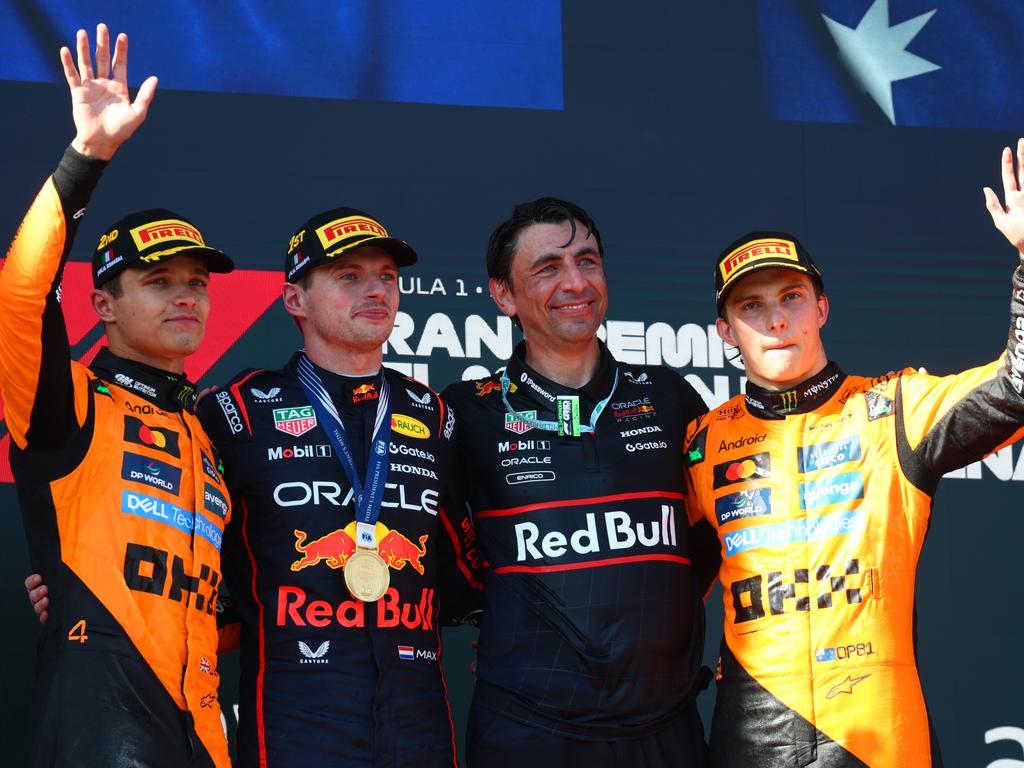



To join the conversation, please log in. Don't have an account? Register
Join the conversation, you are commenting as Logout